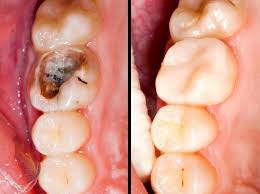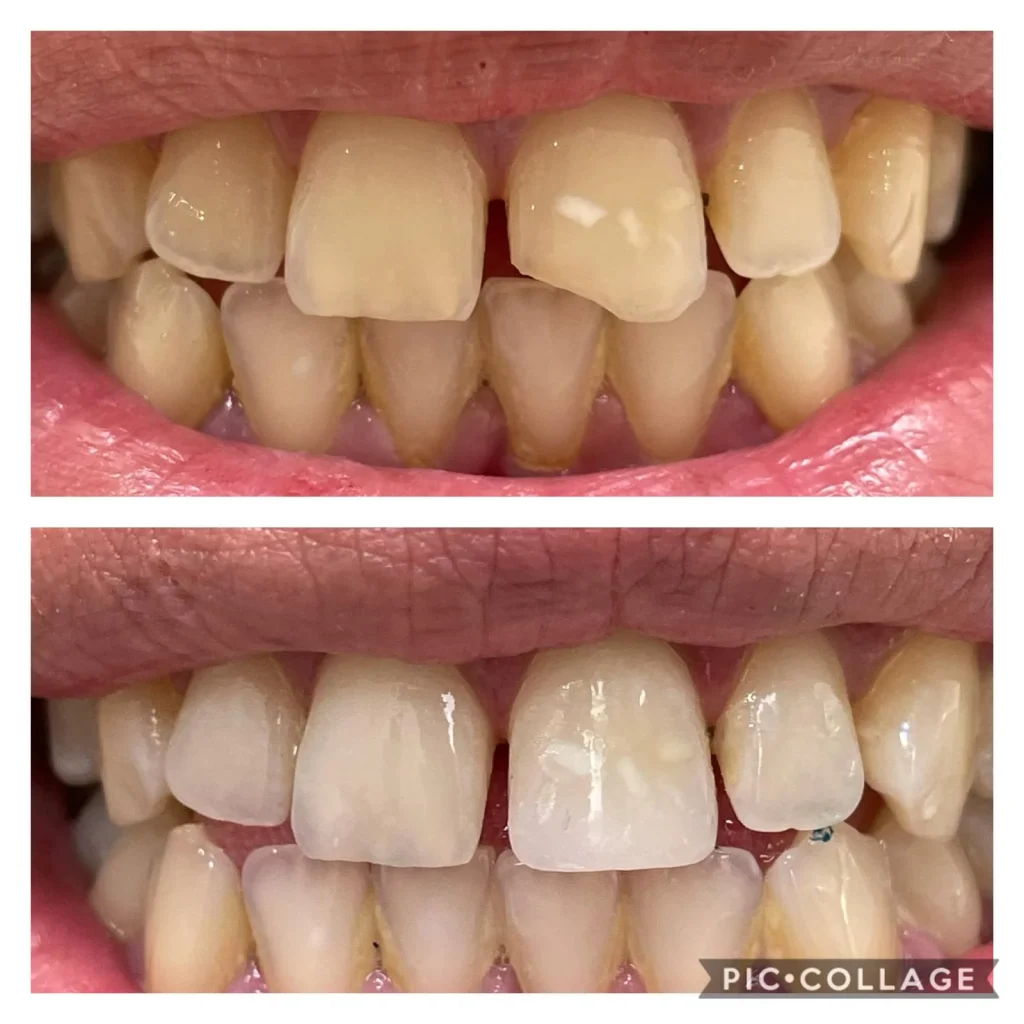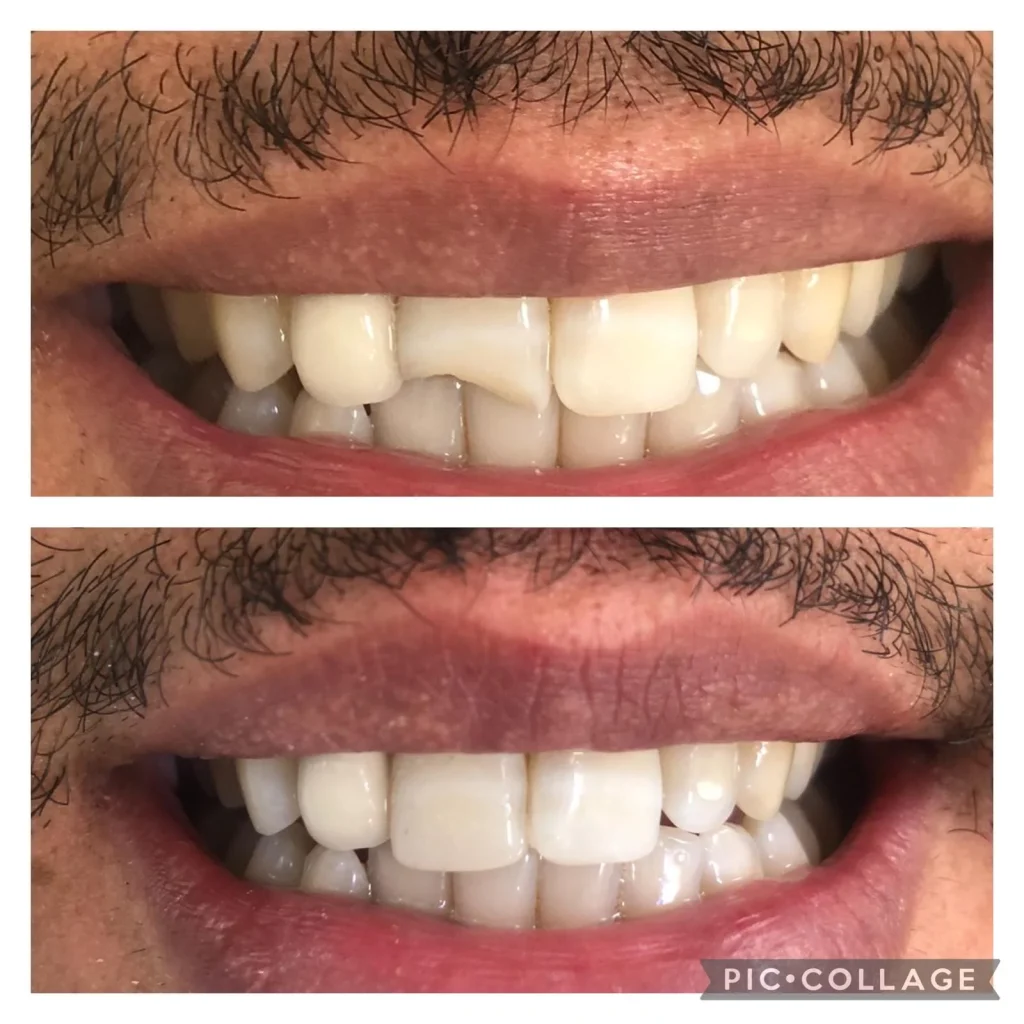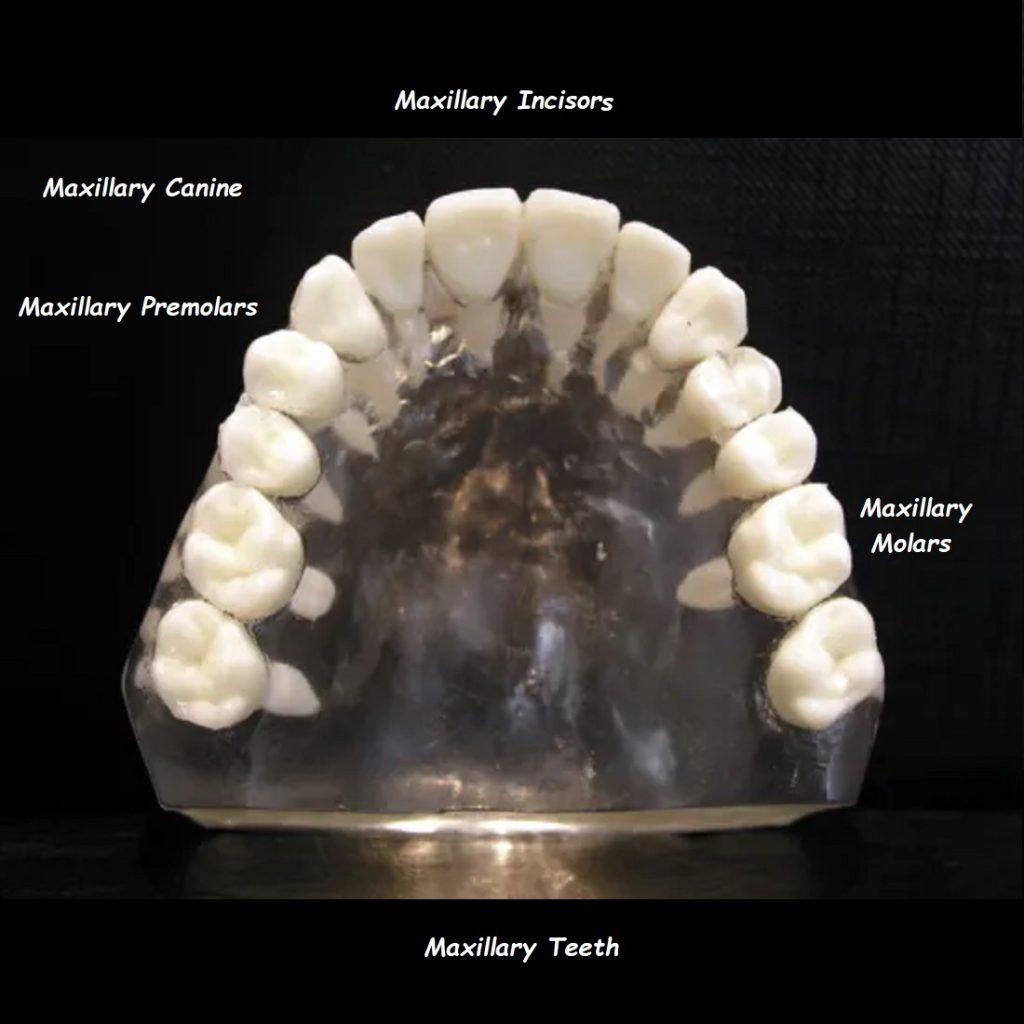Dental Fillings and Their Benefits: A Complete Guide to Restoring Your Smile

Dental fillings are one of the most common and effective treatments for repairing teeth damaged by cavities or decay. If you’ve ever had a cavity or needed to restore a chipped or cracked tooth, you’ve likely encountered dental fillings. These restorations not only restore the function of a damaged tooth but also prevent further decay, maintaining both your oral health and the appearance of your smile.
In this in-depth guide, we’ll explore the different types of dental fillings, their benefits, and why they are essential for preserving the health and function of your teeth. We’ll also cover related topics, including what happens during a filling procedure, how to choose the right type of filling, and why fillings are crucial for preventing tooth loss.
What Are Dental Fillings?
A dental filling is a material that your dentist uses to restore the structure and function of a tooth that has been damaged by decay, wear, or trauma. The decayed or damaged portion of the tooth is removed, and the filling material is placed inside the cavity to “fill” it, hence the name. Fillings can be used for a variety of purposes, such as:
- Restoring decayed teeth caused by cavities.
- Repairing chipped or cracked teeth due to injury or wear.
- Closing gaps between teeth or rebuilding worn-down tooth surfaces.
Learn more about how dental fillings protect your teeth from further decay.
Types of Dental Fillings
There are several different types of materials used for dental fillings, each with its own advantages. The right type for you will depend on the location of the filling, your budget, and your aesthetic preferences.
1. Composite Resin Fillings (Tooth-Colored Fillings)
Composite fillings are made from a mixture of plastic and fine glass particles. These fillings are tooth-colored, making them a popular choice for visible teeth like the front teeth, as they blend seamlessly with your natural enamel.
Benefits of Composite Fillings:
- Aesthetic Appeal: They match the color of your natural teeth, making them virtually invisible.
- Bonding to Tooth Structure: Composite fillings bond directly to the tooth, providing additional support and reducing the risk of the tooth breaking.
- Versatile Use: These fillings can be used for both small and large restorations, including repairing chipped or broken teeth.
Discover how composite fillings help restore your smile naturally.
2. Amalgam Fillings (Silver Fillings)
Amalgam fillings are made from a combination of metals, including silver, mercury, and copper. They have been used for over a century and are known for their durability and strength, making them ideal for filling large cavities in the back teeth (molars), where chewing pressure is greatest.
Benefits of Amalgam Fillings:
- Durability: Amalgam is incredibly strong and can withstand heavy chewing forces.
- Cost-Effective: Amalgam fillings tend to be more affordable than other types.
- Long-Lasting: These fillings can last 10-15 years or longer with proper care.
While amalgam fillings are strong and durable, they are visible due to their metallic color, making them less desirable for highly visible areas.
Read more about the pros and cons of amalgam vs. composite fillings to help you decide which is right for you.
3. Gold Fillings
Gold fillings are made from a gold alloy and are known for their durability and longevity. Though less common today, gold fillings are still a reliable choice for individuals seeking a strong, long-lasting restoration.
Benefits of Gold Fillings:
- Extremely Durable: Gold fillings can last for decades, often outlasting other filling materials.
- Strength: Gold can withstand heavy chewing forces, making it ideal for molars and large restorations.
- Biocompatibility: Gold is non-reactive and well-tolerated by the body, reducing the risk of allergic reactions.
Drawback: Gold fillings are typically more expensive than other options and are noticeable due to their metallic color, which may not appeal to everyone.
4. Ceramic Fillings (Porcelain)
Ceramic fillings, often made of porcelain, are tooth-colored and offer excellent aesthetic qualities. They are commonly used for larger restorations like inlays and onlays.
Benefits of Ceramic Fillings:
- Aesthetic Appeal: Ceramic fillings closely resemble natural tooth enamel.
- Resistant to Staining: Unlike composite fillings, ceramic fillings resist staining from coffee, tea, and other foods.
- Long-Lasting: Ceramic is highly durable, lasting for many years with proper care.
Drawback: Ceramic fillings are more expensive than composite or amalgam fillings.
Learn more about ceramic fillings and when they’re recommended.
The Dental Filling Procedure
Getting a dental filling is a straightforward and routine procedure that can usually be completed in one visit to the dentist. Here’s what you can expect during the process:
Step 1: Numbing the Area
Before beginning the procedure, your dentist will apply a local anesthetic to numb the tooth and surrounding gum tissue to ensure that you don’t feel any discomfort.
Step 2: Removing the Decay
Once the area is numb, your dentist will use a dental drill or laser to remove the decayed portion of the tooth. This prepares the area for the filling.
Step 3: Cleaning the Cavity
The cleaned cavity is thoroughly disinfected to ensure no bacteria remain before the filling material is applied.
Step 4: Applying the Filling
Your dentist will then place the filling material into the cavity. For tooth-colored composite fillings, the material is applied in layers, with each layer being hardened using a special curing light.
Step 5: Shaping and Polishing
After the filling is applied, your dentist will shape and polish it to ensure it fits comfortably and functions like your natural tooth.
Internally link: Find out more about what to expect during a dental filling procedure.
Benefits of Dental Fillings
Dental fillings offer numerous benefits beyond simply filling a cavity. Here are the key advantages of getting a dental filling:
1. Restores Tooth Function
Fillings help restore the tooth’s natural shape and functionality. Once the filling is placed, you’ll be able to chew and bite comfortably without worrying about further damage to the tooth.
2. Prevents Further Decay
By filling a cavity, the damaged area is sealed off from bacteria and food particles, preventing the decay from spreading and protecting the rest of the tooth.
3. Strengthens the Tooth
Certain types of fillings, like composite resin, bond directly to the tooth structure, providing extra support and reducing the risk of the tooth breaking or cracking.
4. Aesthetic Improvements
Tooth-colored fillings, such as composite or ceramic fillings, blend in with your natural teeth, making them ideal for visible areas of the mouth. They restore your smile without the noticeable appearance of metal fillings.
5. Quick and Effective Treatment
Dental fillings can typically be completed in just one dental visit, offering an immediate solution for tooth decay and damage.
6. Long-Lasting Protection
When properly cared for, fillings can last many years, offering long-term protection for your teeth and oral health.
Internally link: Learn how dental fillings prevent further decay and keep your teeth healthy.
How to Care for Dental Fillings
Taking care of your fillings is essential to ensure their longevity and to maintain overall oral health. Here are a few tips to help you care for your fillings:
1. Brush and Floss Regularly
Continue brushing twice a day and flossing daily to remove plaque and prevent further decay around your fillings.
2. Use Fluoride Toothpaste
Fluoride toothpaste can help strengthen the enamel around your fillings and protect your teeth from decay.
3. Avoid Hard Foods
Try to avoid biting down on hard foods like ice or hard candy, which can damage your fillings or even crack your teeth.
4. Visit Your Dentist Regularly
Regular dental checkups allow your dentist to monitor your fillings and ensure they are still intact and functioning properly. If any issues arise, your dentist can repair or replace the filling as needed.
Internally link: Read more about caring for your dental fillings and preventing future cavities.
When to Replace a Dental Filling
While dental fillings are durable, they don’t last forever. Over time, fillings may wear down, crack, or become loose due to constant chewing or grinding. You should visit your dentist if you experience any of the following signs:
- Tooth sensitivity or pain around the filling.
- Cracks or visible damage to the filling.
- Rough edges or discomfort when chewing.
Your dentist will assess the condition of the filling and recommend whether it needs to be replaced.
Internally link: Learn more about when to replace old fillings to keep your teeth in top shape.
Conclusion
Dental fillings are an essential part of modern dentistry, offering a reliable way to restore teeth damaged by decay, wear, or injury. Whether you opt for composite resin, amalgam, ceramic, or gold fillings, the benefits of dental fillings are clear: they restore function, protect against further decay, and improve the appearance of your smile.
If you suspect you have a cavity or need a filling replacement, don’t delay—schedule a visit with your dentist to ensure your teeth remain healthy and strong.
Related Posts You Might Like:
- Understanding the Different Types of Dental Fillings
- Cavity Prevention: Tips for Maintaining a Healthy Smile
- What to Expect During a Dental Filling Procedure










0 Comments on “Dental Fillings and Their Benefits: A Complete Guide to Restoring Your Smile”